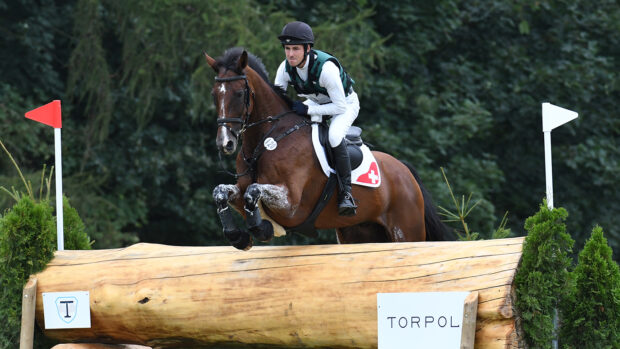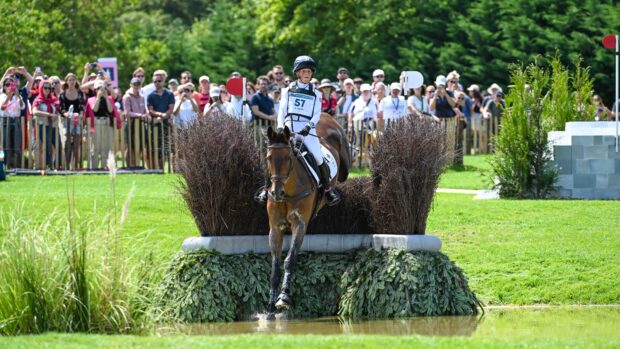When coming to Badminton, either for the first time or as a seasoned campaigner, and whether as a competitor, follower, owner or an official, you look forward to seeing the cross-country course and pontificating about the problems that have been set.
In this final year of the traditional three-day event format, it was hoped that the great event would present a memorable “last hurrah” and really set tongues wagging and brains ticking — to say nothing of the heart pumping for riders and owners. I am afraid they may be disappointed.
When walking the unflagged course, without presentational trimmings, in the rain on an April morning, it wasn’t easy to imagine what it will look like for riders on the opening Wednesday (today), but I had seen and ridden over most of it before.
Last year, I thought the course was very ordinary on first walking it, but as it was an Olympic year, a simple track was a sensible consideration. As it turned out, this was just as well — the weather was poor and the conditions created a good test and no serious injuries to horse or rider.
This year, however, there is not the excuse of an Olympics and I would be true neither to my peer group nor myself if I did not voice my disappointment at the unoriginal course built as Badminton’s farewell to the traditional format.
The time was unachievable last year, which was a good thing, and we’ll never know whether it would have been so under better conditions. Let’s hope it’s still a true test of speed and stamina because I anticipate that the excitement this year will come from watching a race between the top dressage riders while time-penalties build up for the more defensive combinations.
Overall, if time-penalties were of greater value, the traditional cross-country influence over dressage might be reinstated. But if the time is tight here in May, then event director Hugh Thomas may well have designed a clever track, however uninspiring.
The course has been beautifully built by the Willis brothers, as always, but goes in the same direction as last year, with Huntsman’s Close and The Quarry near the end. There are only six completely new fences — the Shogun Sport Oxer, the Totepool Triple, the Zigzag, the Giant’s Table, the Lake and Tourism Ireland’s Huntsman’s Close — plus an adjustment to the Sunken Road, and a little thoughtful tweaking to the Shogun Hollow (Coffin), the Bank, the Vicarage Vee and the Rolex Turn.
In the competitors’ mental appreciation of how to ride the course, this track splits into three sections. The first is the same as last year, with six well-spaced obstacles as a gentle introduction to the park, its atmosphere and crowds (the Flower Bed to the Shooting Butt). This nice start should give horse and rider confidence before the second part, which is technical, busy and slow on the clock (the Shogun Hollow to the Sunken Road).
In this section, there are 21 jumping efforts from 11 fences, five of them over or through the Vicarage ditch. The last section is the longest, making up just under half the course (the Lake to the finish). Here, the concentration and stamina of those chasing the clock will be tested.
Certainly, there are plenty of opportunities for collecting jumping penalties, particularly if riders do not maintain their concentration and respect for each obstacle, but I think speed and endurance will be the most influential factors. Those who can produce a good dressage score on a fit horse will be rubbing their hands in anticipation, particularly if the weather and the ground are good.
It is without doubt the softest course I’ve seen at Badminton. Unless the bar is being lowered forever in the aftermath of the course in Athens, four-star tracks should present a “wow” factor — this one certainly does not. Even the Lake and the Vicarage Vee, as two much-altered classic features, at Hugh’s own admission are the “kindest” they have ever been.
Statistically, I predict that it will prove a good course, depending on the judgement criteria, but where is the flair and originality?
|
||
 |
||


 Get up to 19 issues FREE
Get up to 19 issues FREE TO SUBSCRIBE
TO SUBSCRIBE 


